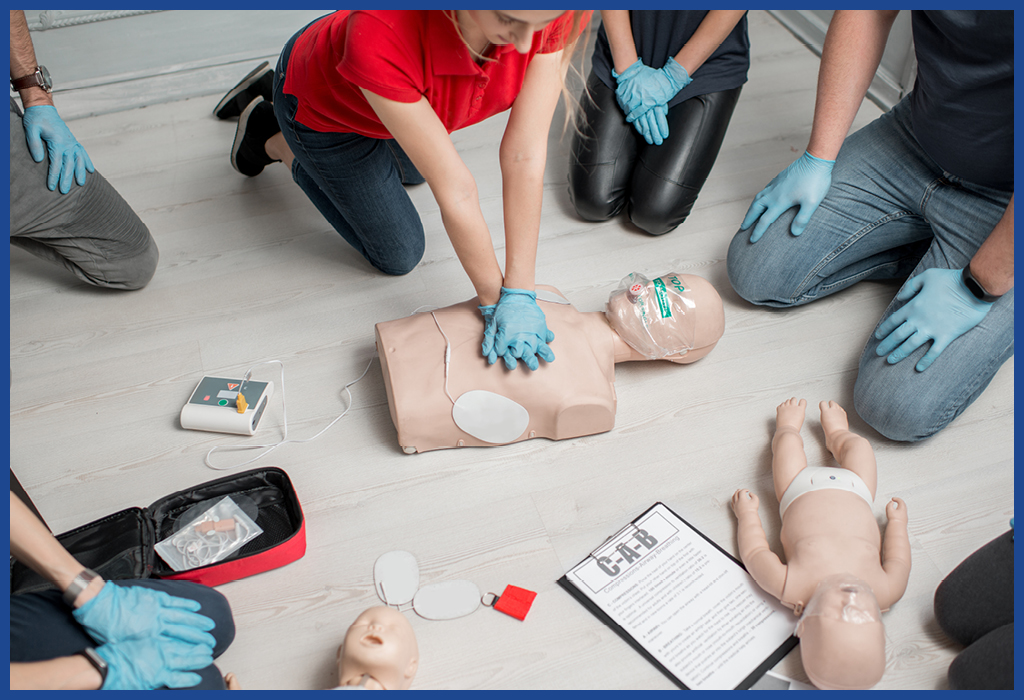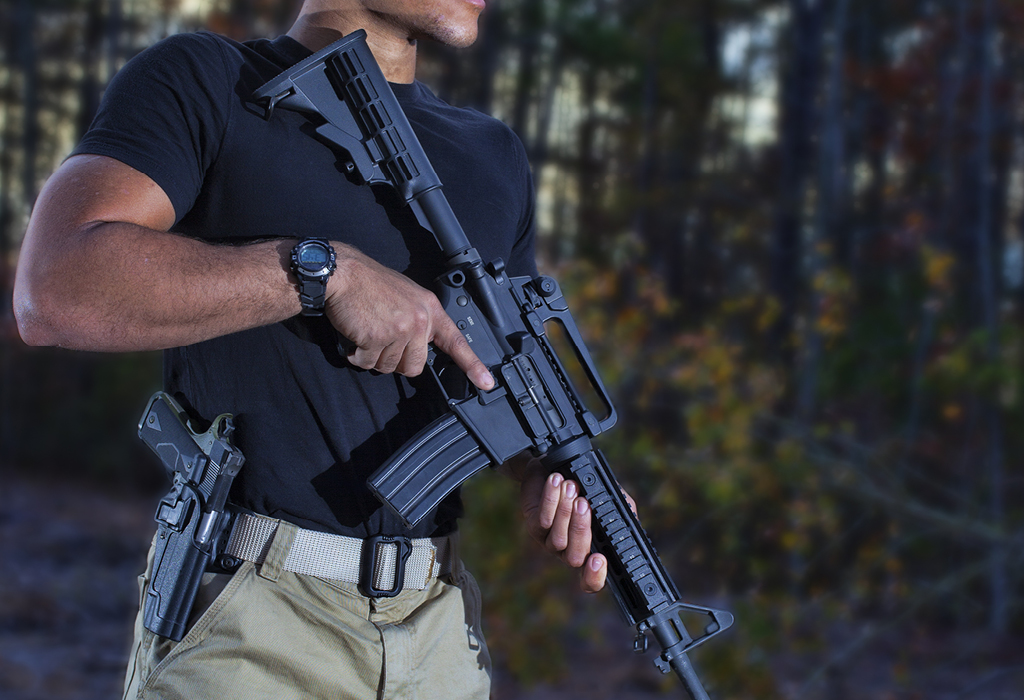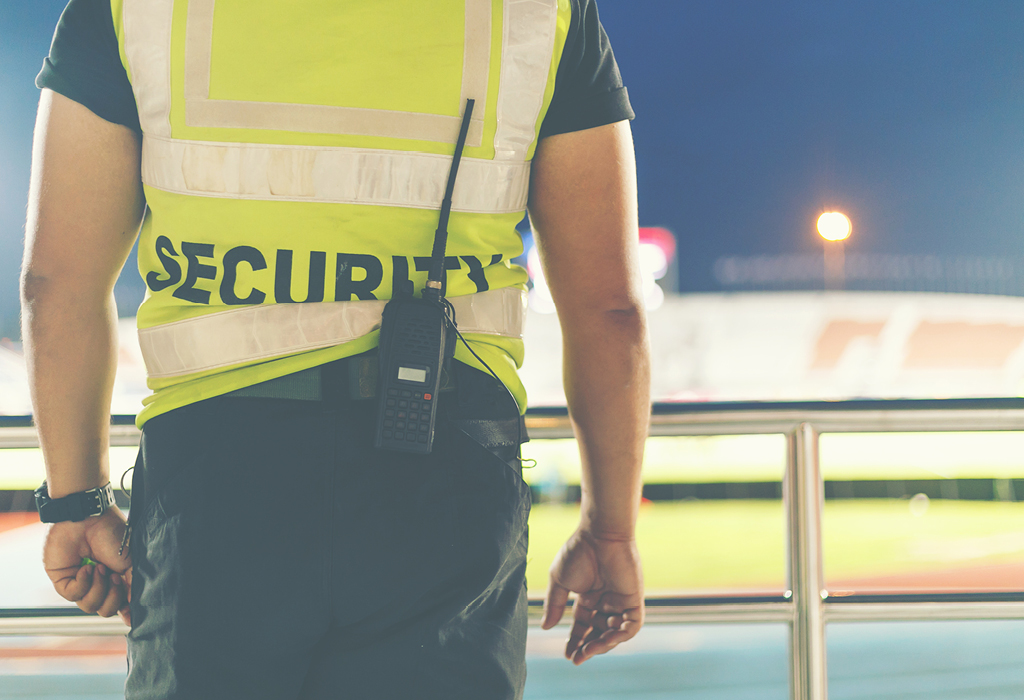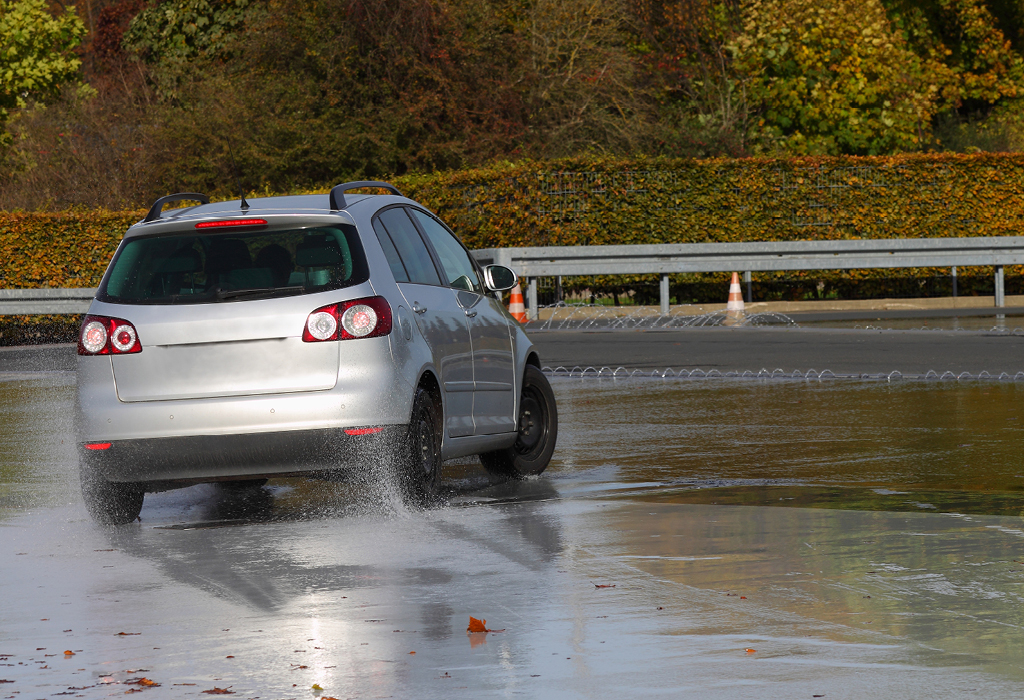SPECIALIST TRAINING

Perform Basic Firefighting
and First Aid Principles
SAQA ID: 242825; 12484; 7854
Accreditation: SASSETA
Credits: 12
The person credited with this unit standard will be able to identify and determine the type of an emergency and assist with the evacuation of people during the emergency. The person will also be able to respond to and use emergency signals within their own area of responsibility.
Learners will be able to discuss and explain procedures for dealing with fires in the workplace, Identify the type of fire, its context and select the appropriate firefighting procedure, Identify, select and check appropriate firefighting and safety equipment, fight containable/extinguishable fires, retreat from fire site and hand over to appropriate personnel and report/record status of fire and equipment.
Each learner must be able to identify emergency situations and prove skills and knowledge required to provide first aid in line with safety and security parameters. In situations where other emergency services are required, learners must be able to liase with emergency service providers as well as documenting and reporting incidents according to legal procedures.
– Conduct evacuations and emergency drills.
– Perform basic firefighting.
– Provide first aid.
- This unit standard has been designed as part of a progression. It is one of a series of unit standards for safety, health and environmental protection in the security industry.
– Identifying the emergency situation.
– Assisting with an evacuation drill.
– Responding to emergency signals in own area of responsibility.
– Qualifying learners can select and use the appropriate firefighting equipment to extinguish or control fires in the workplace.
– Provide first aid to stabilise the patient’s physical and mental condition.
– Ability to make decisions about practice and to act accordingly.
1 Day
R 2 800,00

APPLY OCCUPATIONAL HEALTH
AND SAFETY PRINCIPLES
SAQA ID: 113852; 11505
Accreditation: SASSETA
Credits: 22
A person credited with this unit standard will be able to identifying hazards, evaluating hazards, controlling hazards, explaining and using relevant legislation and regulations, gathering and organising occupational health, safety and environmental information from the workplace and carrying out occupational health and safety training.
This unit standard is for personnel to identify, handle and defuse security related conflict between members of the public and security personnel with minimum use of force in the workplace.
– Apply occupational health, safety and environmental principles.
– Identify, handle and defuse security related conflict.
Knowledge, comprehension and application of language and mathematics NQF 03.
– Acquired general knowledge of occupational health and hygiene and the effects of injury and disease.
– The person who completes this will contribute to safety in the society.
1 Day
R 2 800,00

APPLY TACTICAL KNOWLEDGE OF A
HANDGUN/SHOTGUN/CARBINE
SAQA ID: 123510; 123513; 123512; 123518
Accreditation: PFTC
Credits: 20
– Apply tactical knowledge in the use of firearms.
– Demonstrate tactical proficiency with a handgun.
– Demonstrate tactical proficiency with a shotgun.
– Demonstrate tactical proficiency with a self loading rifle or carbine.
10 Days
R 39 800,00

NATIONAL CERTIFICATE:
GENERAL SECURITY PRACTISES
SAQA ID: 244176; 244184; 244177; 117705; 246694; 244182; 244179; 244181; 244189; 242825; 11505; 119472; 9010; 9013; 119457; 9012; 119465; 12484; 113852; 116534; 113909; 114979; 113924; 244578; 13936; 11508
Accreditation: SASSETA
Credits: 121
The qualification is made up of a combination of learning outcomes from Fundamental, Core and Elective components, totalling to 121 minimum credits.
This qualification is an entry-level qualification and recognises the key competencies required of security personnel who are able to work in a variety of security contexts. This qualification will be for individuals who want to enter the security industry and develop competencies in standard security practices such as access and egress control, security response and patrols, asset protection and visible security operations.
It will provide the learner with the competencies needed to undertake a range of security related processes and practices. This qualification will entail that persons involved in the security environment will be able to practice the necessary knowledge, skills and attitudes to operate in a professional manner. The qualification will also enhance their career opportunities within the security environment.
– Use Security Equipment (2 credits).
– Apply Legal aspects in a security environment (8 credits).
– Conduct a security patrol (7 credits).
– Demonstrate Knowledge of the Firearms Control Act.
– Explain requirements to become security service provider (4 credits).
– Give evidence in court (4 credits).
– Handle complaints and problems (6 credits).
– Perform handover and takeover responsibilities (2 credits).
– Conduct access and egress control (7 credits).
– Conduct evacuations and emergency drills (4 credits).
– Identify, handle and defuse security related conflict (12 credits).
– Accommodate audience and context needs in communication (5 credits).
– Demonstrate an understanding in the use of different number bases (2 credits).
– Describe, apply, analyze and calculate shape (4 credits).
– Interpret and use information from texts (5 credits).
– Investigate life and work related problems using data probabilities (5 credits).
– Write/present/sign texts for a range of communicative skills (5 credits).
– Perform Basic Firefighting (4 credits).
– Apply occupational health, safety and environmental principles (10 credits).
– Carry out basic first aid in the workplace (2 credits).
– Coach a team member to enhance individual performance (5 credits).
– Operate a computer workstation in a business environment (2 credits).
– Apply basic business ethics in a business environment (2 credits).
– Describe how to manage reactions arising from trauma (2 credits).
– Outline the legal environment of a selected industry (2 credits).
– Write security reports and take statements (10 credits).
– Communication, NQF Level 2
– Mathematical Literacy, NQF Level 2
The Learner will be able to:
– Safeguard premises, assets, information and personnel.
– Interact with customers and people.
– Operate security equipment.
– Conduct security duties within the ambit of the law.
12 Days
R 17 900.00

MINIMUM STANDARD CLOSE
PROTECTION OFFICER
SAQA ID: 123510; 123513; 123512; 123518
Accreditation: PFTC
Credits: 20
– Provide static protection to designated persons.
– Provide close protection in transit.
– Provide pedestrian escort to designated persons.
– Provide protection to designated person whilst embussing/debussing.
PSIRA registered, Valid Driver’s Licence, Handgun Competency
Provide Close Protection Duties to clients
12 Days
R 17 250,00

HANDLE AND USE
OF FIREARMS
SAQA ID: 119649; 119652; 119650; 119651; 123517; 123515; 123514; 123511; 123519; 123516
Accreditation: PFTC
Credits: 15
– Handle and use a handgun.
– Handle and use a shotgun.
– Handle and use a self loading rifle or carbine.
– Handle and use a manually operated rifle or carbine.
– Supervise the operation of a shooting range and shooting exercises.
– Handle and use a handgun – business purposes.
– Handle and use a shotgun – business purposes.
– Handle and use a self loading rifle or carbine – business purposes.
– Handle and use a manually operated rifle or carbine – business purposes.
2 Days per Course
Price: TBC

ADVANCED
DRIVING
- Skidpan
- Dynamic Handling
- High Speeds Driving
1 Day per Course
Contact us for Pricing

HIJACK PREVENTION, SECURITY
AWARENESS AND USE OF PEPPER SPRAY
1 Day
R 1 725,00

NON ACCREDITED COURSES
– Non accredited firearm skills training
1 Day


